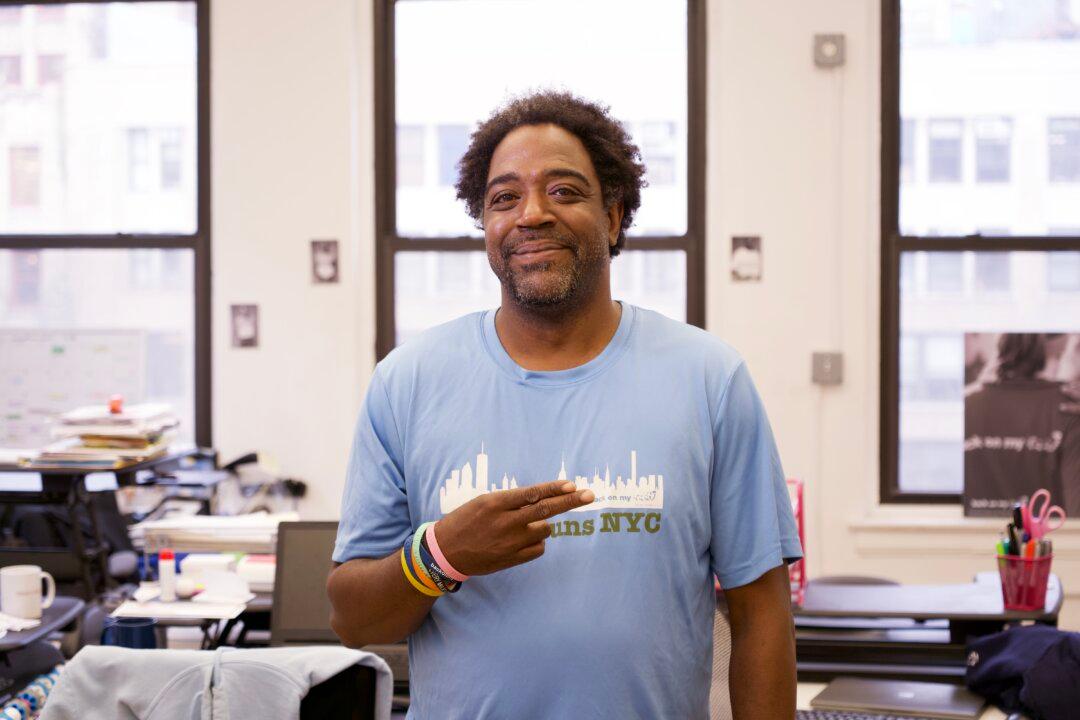NEW YORK—For Soulieo Kirby, running has shown him how far he can go in life.
In the run-up to last weekend’s New York City Marathon, the formerly homeless 45-year-old was equally excited about competing in his fifth marathon and about his future.

NEW YORK—For Soulieo Kirby, running has shown him how far he can go in life.
In the run-up to last weekend’s New York City Marathon, the formerly homeless 45-year-old was equally excited about competing in his fifth marathon and about his future.